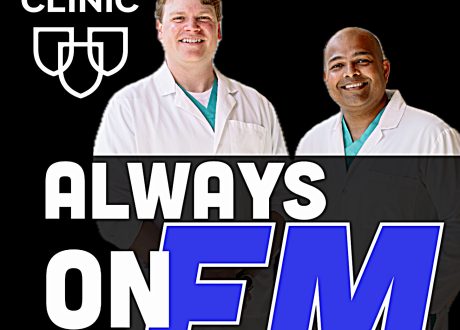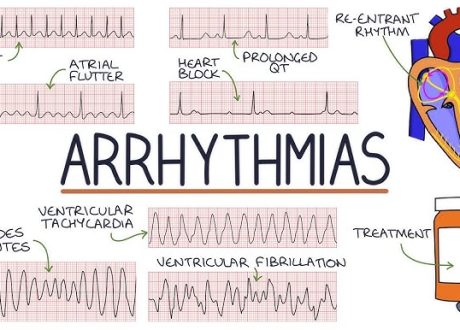Written by Clay Smith
Spoon Feed
Treatment with antithrombotic therapy (AT) was associated with decreased risk of death and stroke in patients with blunt cerebrovascular injury (BCVI) regardless of vascular injury grade.
Why does this matter?
We have previously covered TREAT-CAD, that anticoagulation may be superior to antiplatelet therapy for BCVI (at least antiplatelets are not non-inferior). Either way, giving any form of AT to a multiple trauma patient is no small thing. In patients with BCVI, treatment may prevent stroke and death, but it may cause other bleeding. On balance, is it worth it to use AT? Should only high grade injuries be treated? Is no treatment an option?
Does this study PROOVIT?
This was from the large PROOVIT registry, studying 971 patients with BCVI. Of these, 7% had stroke, and 12% died. Treatment with any AT – anticoagulation or antiplatelet – was associated with lower mortality. Also, the risk of stroke or death was higher in untreated patients across all grades of vascular injury. Importantly, 40% of patients who survived the initial trauma but later developed BCVI-related stroke subsequently died in the hospital. The authors concluded that non-treatment is probably not a viable option. These data were at risk for confounding because sicker patients with more numerous and severe injuries would have been less likely to receive AT and more likely to die. Patients who received no treatment had lower GCS and higher injury severity, indicating a selection bias was present. On multivariate analyses to adjust for potential confounders, they found that ISS, GCS, initial open repair, and stroke were independently associated with risk of death; antiplatelet use and anticoagulation were independently associated with decreased risk of death. Despite the inevitable limitations of a retrospective registry study, what I take home is that among patients with any grade BCVI, treatment with some form of AT should be given if at all possible.
Source
Blunt cerebrovascular injuries: Outcomes from the American Association for the Surgery of Trauma PROspective Observational Vascular Injury Treatment (PROOVIT) multicenter registry. J Trauma Acute Care Surg. 2021 Jun 1;90(6):987-995. doi: 10.1097/TA.0000000000003127.










